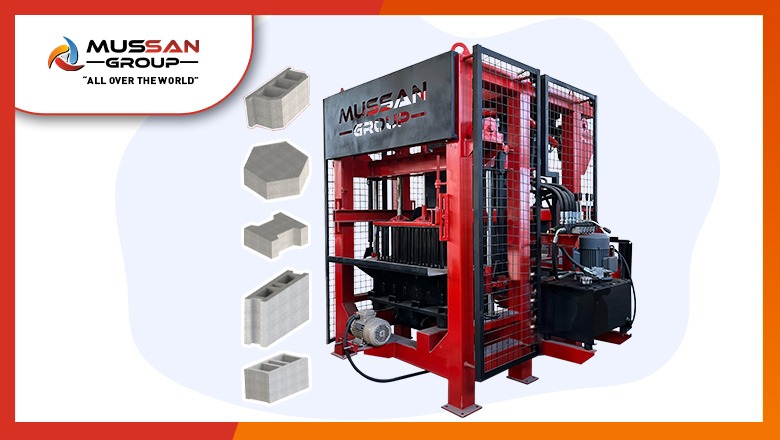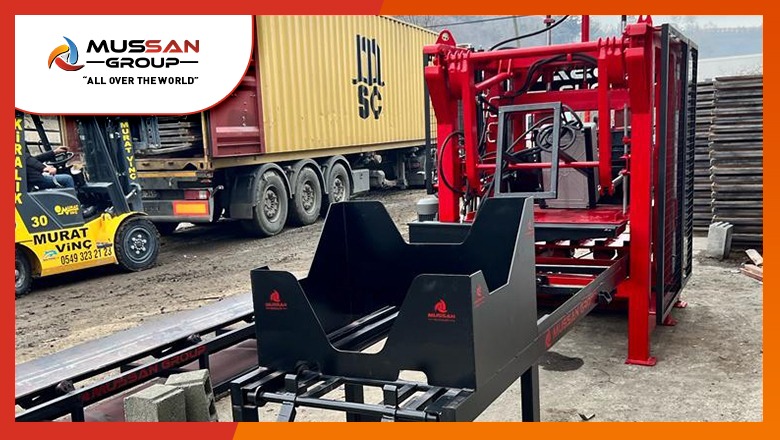
Road kerbs are an essential component of road and parking area design, offering both functional and aesthetic benefits. In Kenya, various types of road kerbs are employed, each serving distinct purposes. This article delves into the types of road kerbs, their uses, and their prices in Kenya.
- Low or Mountable Kerbs:
Description: These kerbs are designed with a sloped face, allowing vehicles to mount them with ease. They are typically used in residential areas and parking lots.
Uses: They help retain the edge of driveways and car parks, providing a clear demarcation without posing a significant obstacle to vehicles.
Prices: The cost for low or mountable kerbs in Kenya ranges from KES 200 to KES 350 per meter, depending on the material and finish. - Low-Speed Barrier or Urban Parking Kerbs:
Description: These kerbs are higher than mountable kerbs and are designed to prevent vehicles from mounting the pavement. They are common in urban areas with heavy foot traffic.
Uses: They act as a barrier between road traffic and pedestrian areas, enhancing safety and preventing accidental encroachment onto sidewalks.
Prices: These kerbs are priced between KES 300 to KES 500 per meter. - High-Speed Barrier Kerbs:
Description: High-speed barrier kerbs are robust and tall, designed to withstand impacts at higher speeds. They are commonly used on highways and major roads.
Uses: They provide a physical barrier that prevents vehicles from leaving the roadway, enhancing safety on high-speed routes.
Prices: The cost for high-speed barrier kerbs ranges from KES 450 to KES 700 per meter. - Submerged Kerbs:
Description: Submerged kerbs are installed below the surface level of the road or pavement. They are often used in areas where aesthetic considerations are paramount.
Uses: These kerbs form a hidden edge that retains the structure of the pavement without being visible, often used in landscaped areas.
Prices: These kerbs typically cost between KES 250 to KES 400 per meter.

Uses of Road Kerbs
Road kerbs play several critical roles in the construction and maintenance of roads and parking areas:
- Retention: Kerbs retain the edges of driveways, car parks, and footpaths, preventing outward spreading and maintaining structural integrity.
- Demarcation: They serve as a barrier between different areas, such as road traffic and pedestrian zones, enhancing safety for both vehicles and pedestrians.
- Vehicle Control: Kerbs provide a physical check to prevent vehicles from leaving the designated driving or parking areas, reducing accidents and property damage.
- Drainage: By forming channels, kerbs aid in the drainage of surface water, preventing water accumulation and potential flooding.
Market and Availability in Kenya
In Kenya, the demand for road kerbs is driven by urbanization, infrastructure development, and the need for organized parking areas. Several local manufacturers and suppliers offer a variety of kerbs, catering to both public and private sector projects. The prices of kerbs in Kenya vary based on factors such as material (concrete, stone, or composite), size, and finish.
For instance, a basic concrete kerb might cost around KES 200 per meter, while a more refined stone kerb could go up to KES 700 per meter. The choice of kerb type largely depends on the specific requirements of the project, including traffic volume, aesthetic considerations, and budget constraints.
Conclusion
Road kerbs are indispensable in the design and maintenance of roads and parking areas in Kenya. The various types, from low mountable kerbs to high-speed barrier kerbs, each serve unique purposes, contributing to safety, structure, and aesthetics. Understanding the types and uses of road kerbs, along with their prices, can help in making informed decisions for infrastructure projects. As Kenya continues to develop its urban and rural areas, the role of road kerbs remains crucial in ensuring safe and efficient transportation networks.






